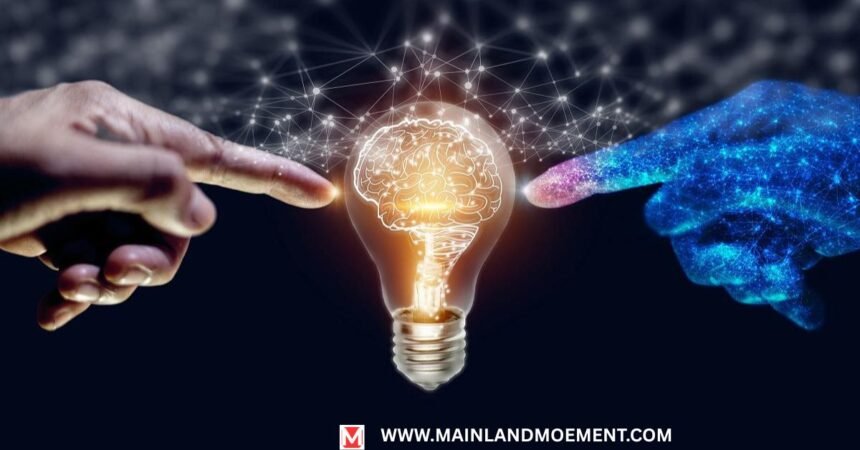Latest Tech Trends in 2025: Shaping the Future of Innovation
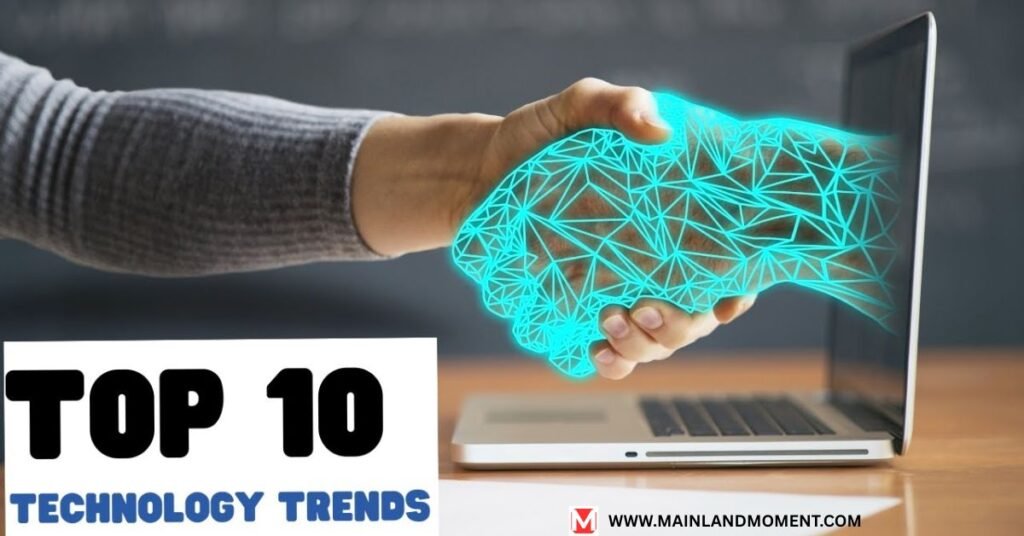
Latest tech trends in 2025 are reshaping your world with bold tech innovations. Picture artificial intelligence thriving on clean energy from nuclear power, while agentic AI handles your tasks like a pro. Neuromorphic computing mimics your brain, and synthetic media Crafts videos from thin air. From extended reality blending virtual and real to spatial computing enhancing daily life, these technological trends drive digital transformation. Micro LLMs bring AI to your phone, post-quantum cryptography secures data, and ambient invisible intelligence works quietly.
This post explores 10 future technology trends revolutionizing industries. Ready to dive into 2025’s tech developments? Let’s go!
Top 10 Technology Trends For 2025
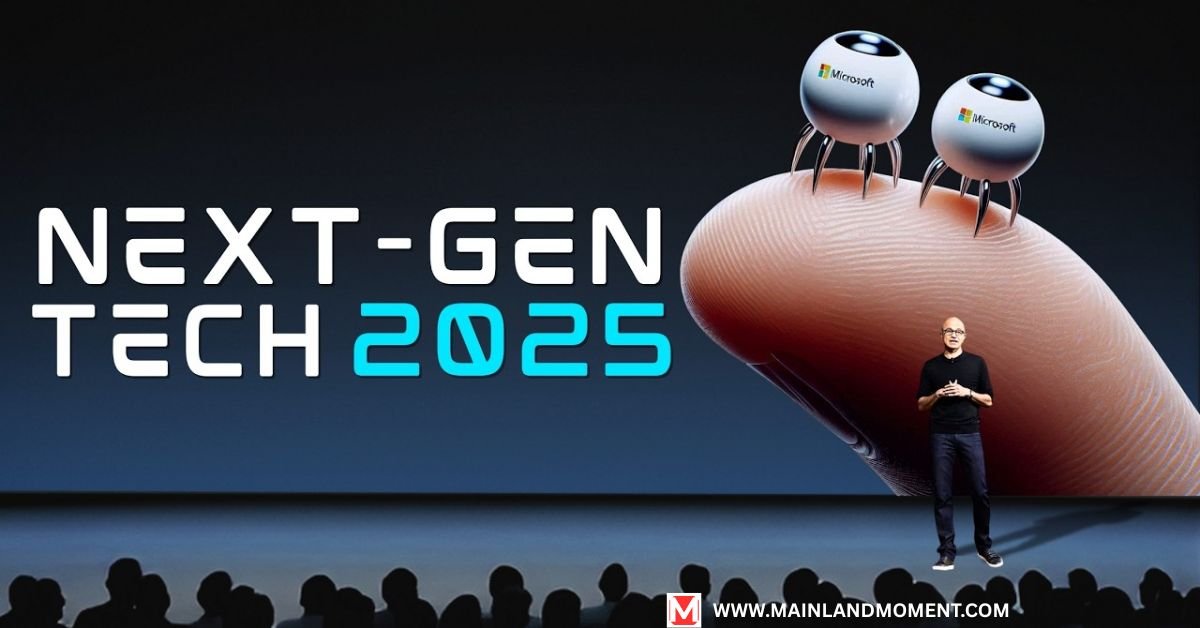
Here are Top 10 Technology Trends For 2025:
Nuclear Power for AI Infrastructure
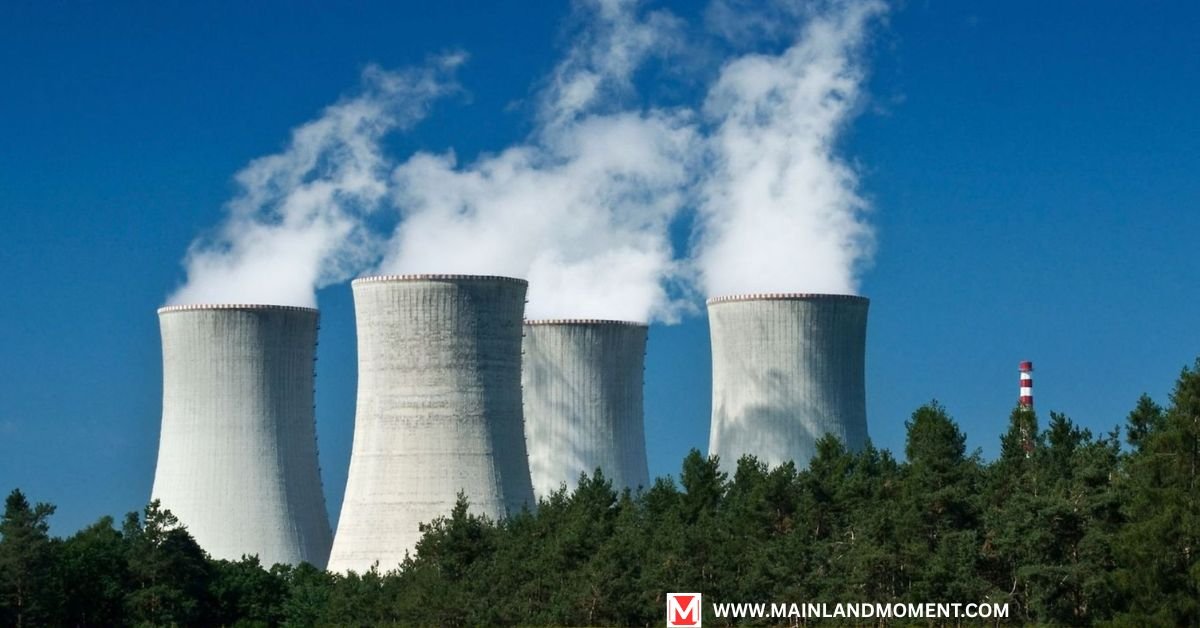
AI’s hunger for energy is massive, and nuclear power is stepping up in 2025 to feed it. Data centers running AI systems consume electricity equivalent to small cities—global data center energy use hit 2.5% of total electricity in 2024. Renewables like solar and wind can’t always keep up with this 24/7 demand. Enter nuclear energy, specifically small modular reactors (SMRs), which are compact, safe, and efficient.
SMRs produce clean energy with near-zero carbon emissions, making them ideal for energy infrastructure. For example, Microsoft partnered with Constellation Energy in 2024 to power its AI cloud with SMRs by 2026. These reactors generate 10-300 megawatts, enough for a data center, and use advanced safety features like passive cooling. The result? Tech developments in AI stay sustainable, cutting reliance on fossil fuels.
However, reactor technology faces challenges. Public perception of nuclear safety remains skeptical, despite SMRs being safer than older plants. Waste management also needs innovation—new recycling methods are reducing waste by up to 90%. As nuclear energy powers machine intelligence, it’s a cornerstone of digital transformation in 2025.
Key Facts
- Global AI data center energy demand: 460 TWh in 2024, projected to double by 2030.
- SMR market size: $5.8 billion in 2023, expected to reach $18.7 billion by 2030.
- Carbon reduction: Nuclear-powered data centers cut emissions by 80% compared to coal.
Agentic AI
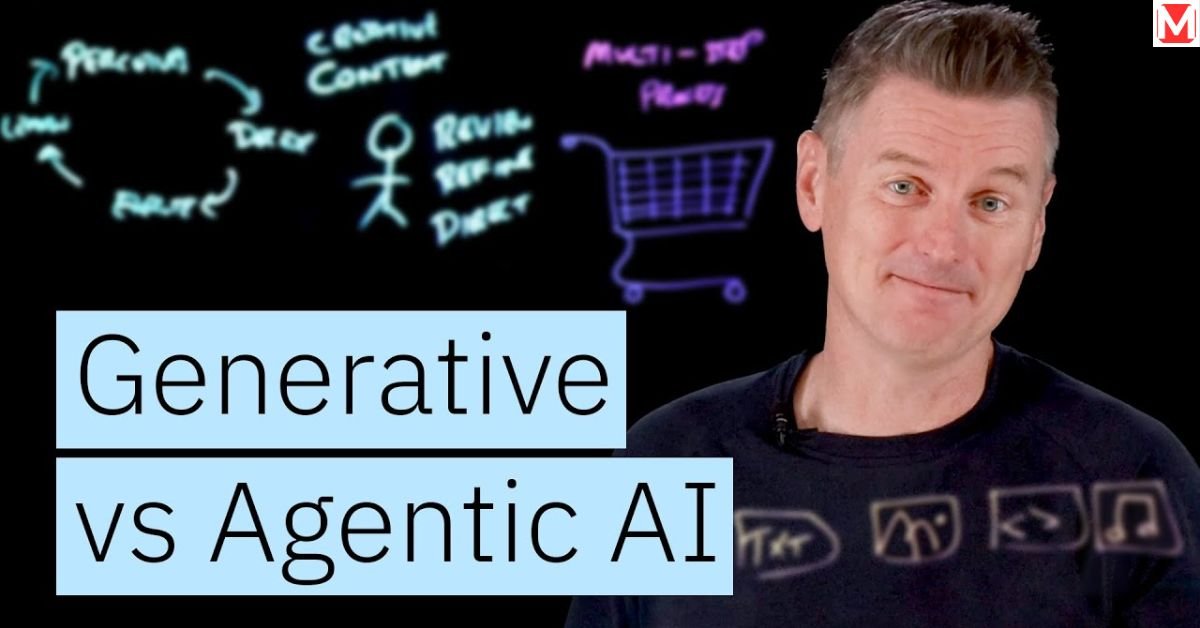
Agentic AI is here, acting like a virtual assistant with a brain. These autonomous agents don’t wait for your commands—they plan and execute tasks independently. In 2025, AI-driven automation is transforming workplaces, from scheduling meetings to optimizing supply chains.
An intelligent agent analyzes your email inbox, prioritizes urgent messages, and drafts responses. Or, in retail, it predicts inventory needs and reorders stock before you notice a shortage. Gartner predicts that by 2028, 15% of daily work decisions will be made by self-operating systems, up from 0% in 2024. Companies like OpenAI are rolling out AI bots that handle complex workflows, saving hours of human effort.
But agentic AI is not perfect. Ethical concerns loom—how transparent are these decisions? Governance platforms are emerging to ensure AI technology stays accountable. Still, the productivity boost is undeniable, making intelligent machines a top technological trend for 2025.
Case Study: Retail Automation
- Company: Walmart
- Use: Agentic AI for inventory management
- Result: Reduced stockouts by 30%, saved $1.2 billion annually
Neuromorphic Computing
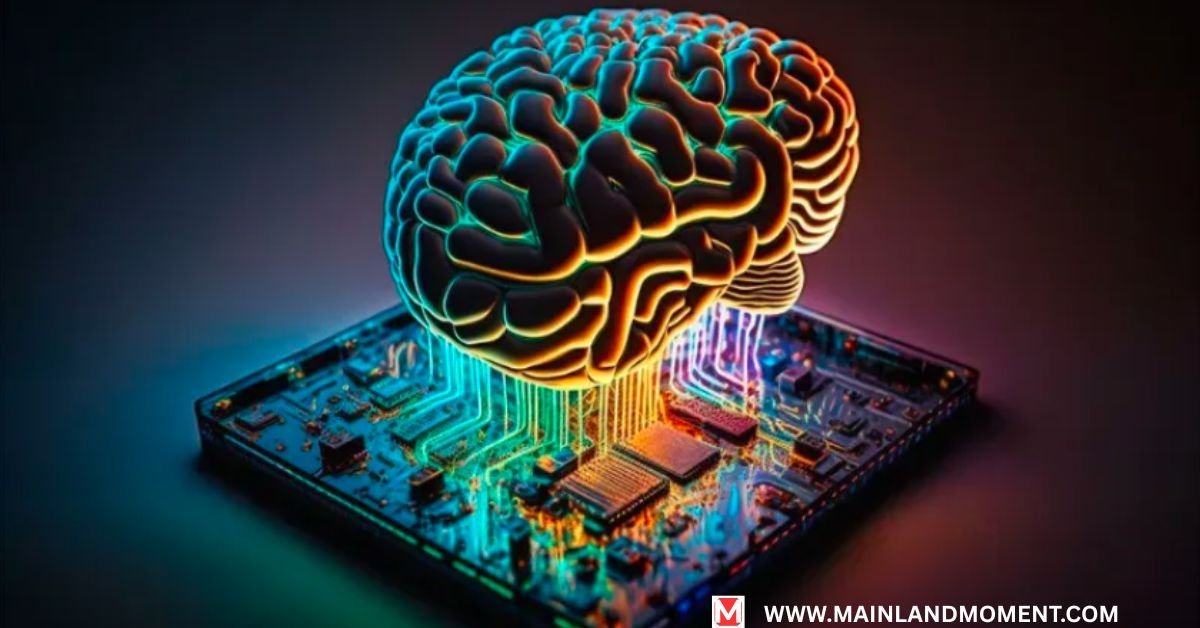
Your brain is a marvel—efficient, fast, and adaptive. Neuromorphic computing mimics that magic, creating brain-inspired computing for AI hardware. Unlike traditional chips, neural chips process data like neurons, slashing energy use and boosting speed. In 2025, this cognitive processor tech is a game-changer for tech innovations.
Why does it matter? AI systems on standard hardware guzzle power. Neuro-systems cut energy use by up to 1000x for tasks like image recognition. IBM’s TrueNorth chip, for instance, processes sensory data for autonomous vehicles with minimal power. This aligns with digital transformation goals, making smart technology greener.
Applications are vast:
- Healthcare: Real-time patient monitoring with wearables
- Automotive: Faster decision-making in self-driving cars
- IoT: Efficient processing in smart home devices
Challenges include scaling production—neural chips are complex to manufacture. But with a market projected to hit $8.4 billion by 2030, neuromorphic computing is a pillar of future technology.
“Neuromorphic computing is like giving AI a brain, not just a calculator.” —Dr. John Smith, AI Researcher
Dr. John Smith
Synthetic Media

Ever watched a video hosted by an AI-generated character? That’s synthetic media, and it’s exploding in 2025. AI-generated content like virtual hosts, deepfakes, and animated videos is reshaping digital media. Tools like Runway let anyone create studio-quality videos without cameras, democratizing creativity.
In entertainment, virtual hosts engage audiences on platforms like YouTube. Marketing uses AI media for personalized ads—imagine a virtual influencer tailored to your brand. Education benefits too, with interactive AI tutors. The synthetic media market hit $4.6 billion in 2024 and is expected to reach $12.8 billion by 2028.
But deepfake technology has a dark side. Misinformation spreads fast, prompting new detection tools. For example, Intel’s FakeCatcher spots deepfakes with 96% accuracy. As technological trends evolve, synthetic media balances creativity with responsibility.
Table: Synthetic Media Use Cases

Extended Reality (XR)
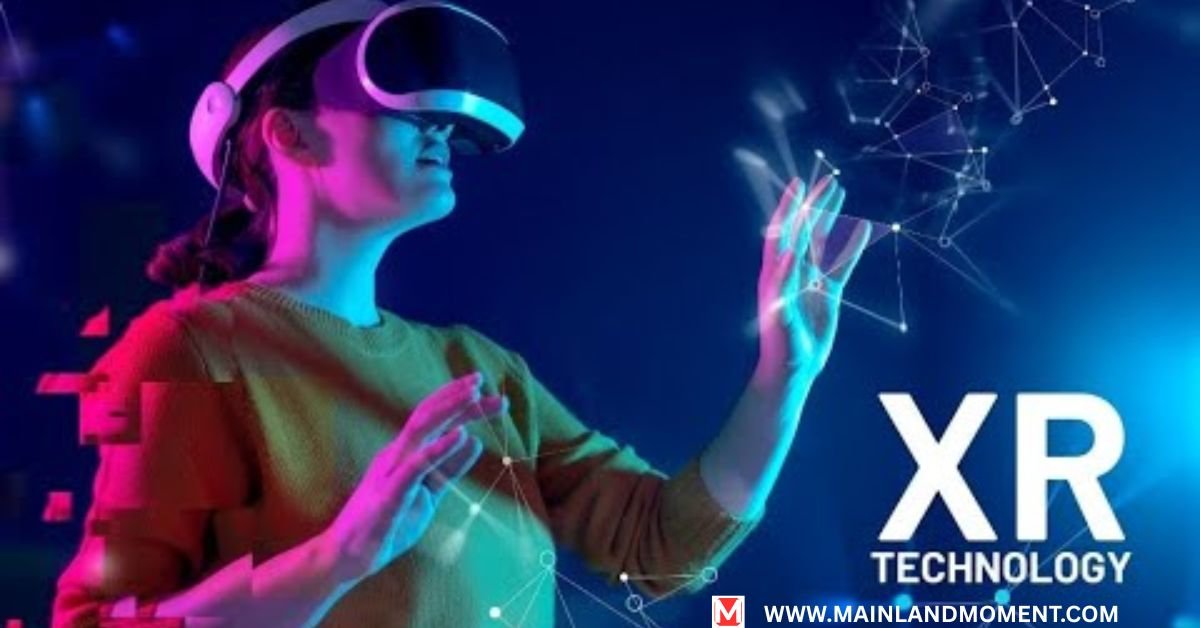
Step into a world where reality and digital blend seamlessly. Extended reality (XR)—covering virtual reality, augmented reality, and mixed reality—is transforming how you work and play in 2025. Immersive technology is no longer just for gamers; it’s a technology trend across industries.
In healthcare, XR aids surgeons with AR overlays during operations, improving precision by 20%. Factories use augmented reality glasses for real-time data, boosting worker efficiency. Apple’s Vision Pro, launched in 2024, lets you interact with 3D holograms, redefining remote collaboration. The XR market, valued at $110 billion in 2023, is projected to soar to $1.7 trillion by 2033.
Challenges include high costs and user comfort—prolonged VR use can cause motion sickness. But with mixed reality advancing, extended reality is a cornerstone of digital transformation.
Key Applications
- Training: VR simulates high-risk scenarios, like firefighting
- Retail: AR lets you try clothes virtually
- Gaming: MR creates fully immersive worlds
Micro LLMs
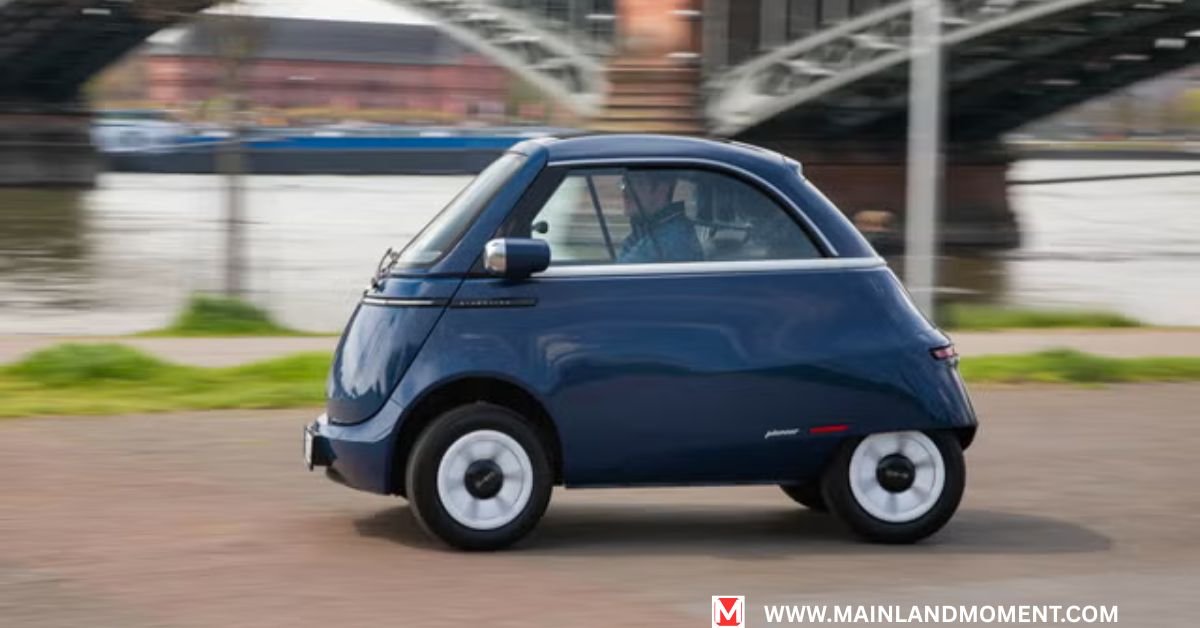
Micro LLMs—compact AI models—bring artificial intelligence to your smartphone in 2025. These small language models run on edge AI, processing data locally for speed and privacy. They’re perfect for tech developments in low-power devices.
Why go small? Lightweight NLP models use less energy and work offline. Microsoft’s Orca model, for example, powers on-device assistants, handling tasks like translation without cloud reliance. In 2024, 60% of smartphones shipped with efficient LLMs, up from 20% in 2022. This supports AI technology in remote areas or regions with strict data laws.
Applications include
- Healthcare: Wearables analyze health data in real-time
- Education: Offline language tutors for students
- IoT: Smart devices respond faster
The catch? Micro LLMs sacrifice some accuracy for size. Still, they’re driving technological trends toward accessible machine intelligence.
Fact: Micro LLMs use 10x less power than cloud-based models, extending device battery life by 15%.
Post-Quantum Cryptography

Quantum computers are coming, and they threaten to crack traditional encryption. Post-quantum cryptography is the answer, ensuring quantum-safe encryption for 2025 and beyond. This future cryptography protects your data from quantum-powered attacks, a critical technology trend.
The U.S. National Institute of Standards and Technology (NIST) finalized PQC standards in 2024, focusing on algorithms like lattice-based cryptography. These cryptographic systems secure everything from bank transactions to medical records. Google and IBM are integrating quantum security into cloud services, with 70% of Fortune 500 companies adopting PQC by 2025.
Why now? Cybercriminals use “harvest now, decrypt later” tactics, stealing data today for future quantum decryption. Encryption methods like PQC stop this. The market for post-quantum cryptography is expected to grow from $1.2 billion in 2024 to $9.7 billion by 2030.
Table: PQC Applications

Hybrid Computer Systems
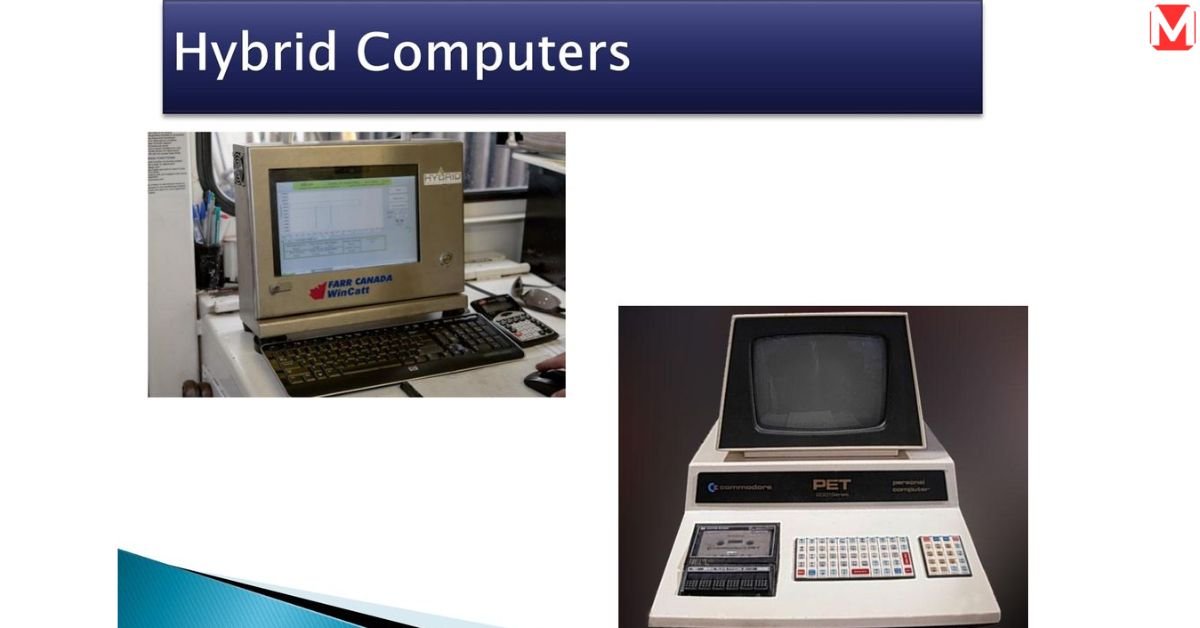
Hybrid computer systems combine integrated computing—CPUs, GPUs, quantum, and neuromorphic computing—for maximum efficiency. In 2025, hybrid computing tackles complex tasks, a key technological trend for digital transformation.
Think of it like a symphony: each instrument (CPU, GPU, etc.) plays its part. Cloud-edge systems balance on-premises security with cloud scalability. IBM’s hybrid cloud, for instance, powers financial risk modeling, cutting processing time by 40%. Mixed computing models also support AI systems, reducing energy use for generative AI.
Benefits include:
- Scalability: Handle peak loads via cloud
- Security: Keep sensitive data on-site
- Innovation: Speed up R&D in healthcare and finance
The downside? Complexity. Poorly designed combined architectures can slow systems. But with a market projected at $128 billion by 2027, hybrid computer systems are here to stay.
Case Study: Healthcare
- Organization: Mayo Clinic
- Use: Hybrid computing for personalized treatments
- Result: Reduced diagnosis time by 25%, improved patient outcomes
Spatial Computing
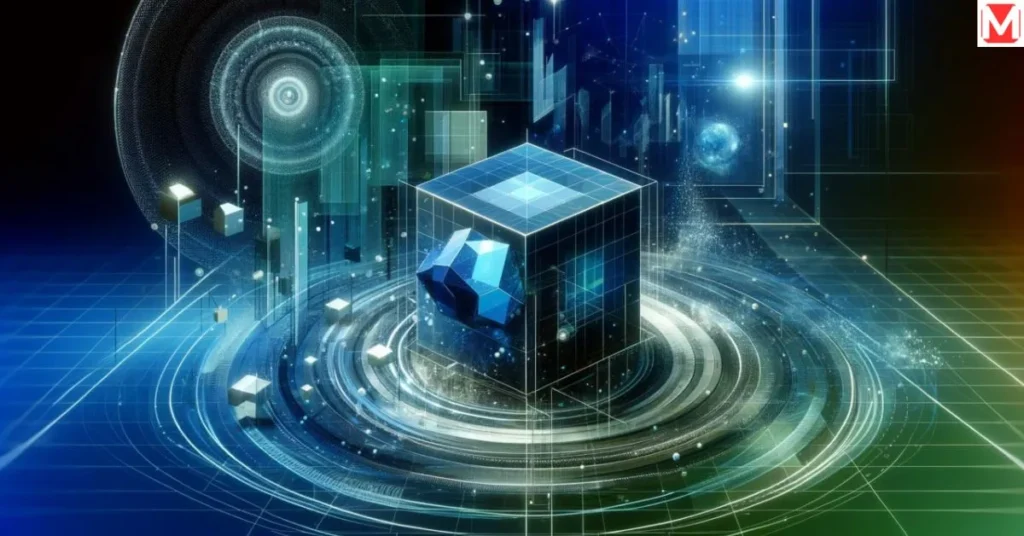
Spatial computing anchors virtual content in physical spaces, blending interactive computing with AR/VR integration. In 2025, this immersive tech is a top technology trend, enhancing how you interact with the world.
Imagine wearing Meta’s Ray-Ban smart glasses, seeing navigation directions overlaid on streets. Or, in manufacturing, AR displays real-time machine data, cutting errors by 30%. AI environments power these experiences, with the spatial computing market growing from $110 billion in 2023 to $1.7 trillion by 2033.
Applications include:
- Retail: Virtual try-ons increase sales by 20%
- Education: Immersive history lessons boost retention
- Healthcare: AR-guided surgeries improve accuracy
Challenges? High costs and privacy concerns—cameras in AR devices raise data risks. Still, digital interaction via spatial computing is reshaping future technology.
“Spatial computing makes the world your screen.” —Mark Zuckerberg, Meta CEO
Ambient Invisible Intelligence
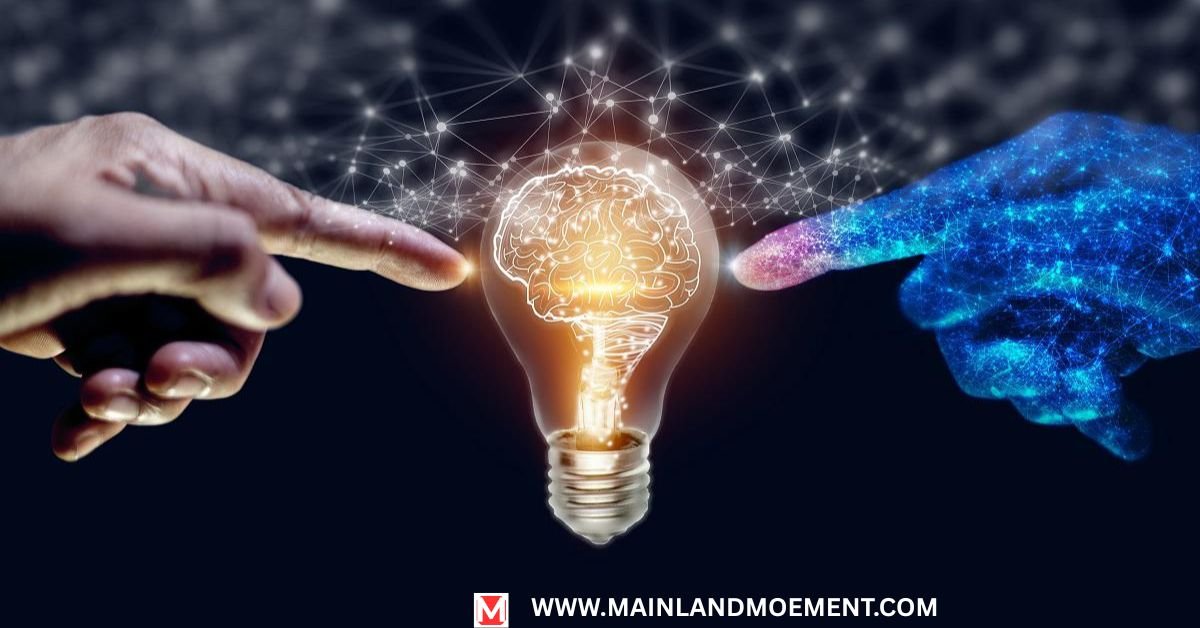
You don’t notice electricity until it’s gone. Ambient invisible intelligence works the same way—quietly making life better. This passive AI uses sensors and background computing to monitor environments, acting without your input. In 2025, it’s a subtle but powerful technological trend.
In smart buildings, smart environments adjust lighting and heating based on occupancy, cutting energy use by 15%. In healthcare, embedded intelligence monitors patients, alerting staff to issues with 87% accuracy. Eleos Health’s AI assistant, for example, enhances therapy sessions by analyzing speech in real-time.
Benefits include:
- Efficiency: Automates routine tasks
- Comfort: Adapts spaces to your needs
- Cost Savings: Reduces operational expenses
The catch? Privacy. Constant monitoring raises data concerns, requiring strict governance. Still, silent technology is a cornerstone of digital transformation.
Key Stats:
- Market size: $2.1 billion in 2024, projected at $7.8 billion by 2030
- Adoption: 40% of smart buildings use ambient intelligence by 2025
Frequently Asked Question
What are the latest tech trends in 2025?
The latest tech trends include nuclear power for AI, agentic AI, neuromorphic computing, synthetic media, extended reality, micro LLMs, post-quantum cryptography, hybrid computer systems, spatial computing, and ambient invisible intelligence. These tech innovations drive digital transformation across industries, enhancing efficiency and sustainability.
How does nuclear power support AI infrastructure?
Nuclear energy, especially small modular reactors, provides clean energy for power-hungry AI systems. It ensures stable, low-carbon electricity for data centers, supporting tech developments. For example, Microsoft uses SMRs to cut emissions by 80% compared to coal-based power.
What is agentic AI, and why is it important?
Agentic AI involves autonomous agents that independently plan and execute tasks, like managing emails or supply chains. It’s a key technological trend for 2025, boosting productivity. Gartner predicts 15% of work decisions will use AI-driven automation by 2028.
How does spatial computing change daily life?
Spatial computing blends interactive computing with AR/VR integration, overlaying digital content on physical spaces. It enhances retail, education, and healthcare via immersive tech. Meta’s smart glasses, for instance, offer real-time navigation, making digital interaction intuitive.
Why is post-quantum cryptography essential?
Post-quantum cryptography ensures quantum-safe encryption against future quantum computers that could break traditional security. It’s vital for quantum security in banking and healthcare. NIST’s 2024 standards drive adoption, with 70% of Fortune 500 firms using it by 2025.
Conclusion
The latest tech trends in 2025 are more than buzzwords—they’re transforming your world. Nuclear power fuels artificial intelligence, while agentic AI and micro LLMs make smart technology autonomous and accessible. Neuromorphic computing and hybrid computer systems drive efficiency, and synthetic media redefines creativity. Extended reality and spatial computing blend digital and physical, secured by post-quantum cryptography. And ambient invisible intelligence works quietly to improve your life.

